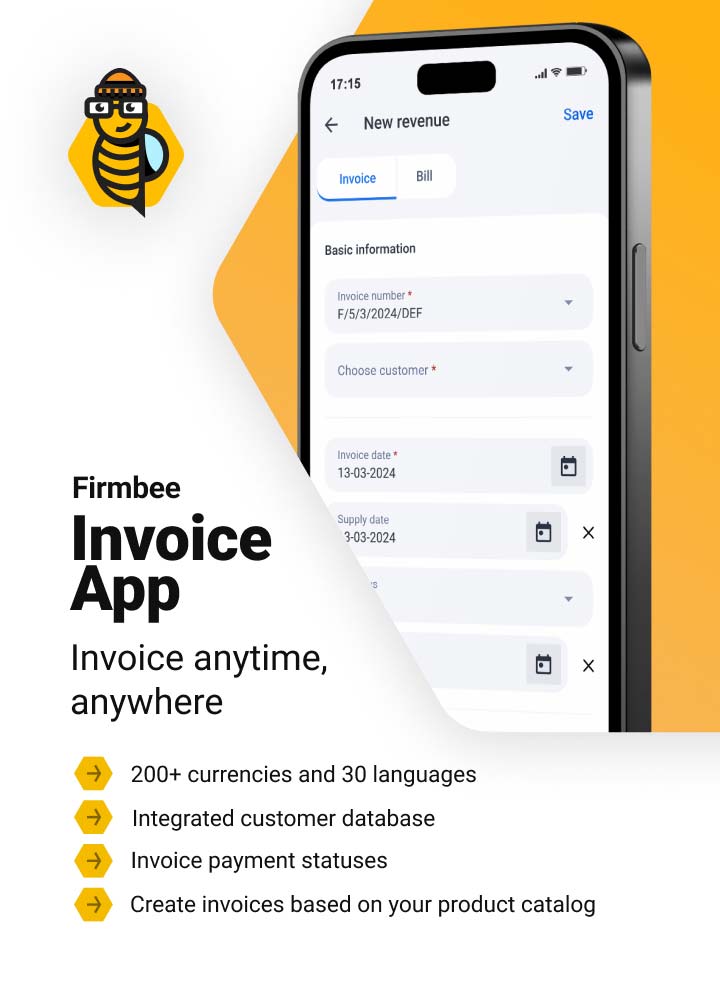The Gantt chart is one of the most popular tools in project management planning. Though devised in the 19th century by Polish engineer Karol Adamiecki, it is associated almost exclusively with Henry Gantt, an American engineer and project management consultant. He helped popularize this simple but highly effective tool.
Gantt chart in project management planning – table of contents:
- Introduction
- What is a Gantt chart used for?
- What to remember when creating a Gantt chart?
- Tools
- Consistency
- Simplicity
- Summary
Introduction
A Gantt chart is a bar chart that contains information on the project schedule. Individual tasks are on the vertical axis, while their scheduled completion dates are on the horizontal axis. The horizontal bars indicate the duration of activities by connecting their start and end dates. This tool allows the Project Manager and team members to quickly view the schedule of tasks, the dependencies between them and gives a clear picture of the project’s progress status.
What is a Gantt chart used for?
The Gantt chart allows you to easily visualize the following project information:
- list of tasks that make up the project,
- start and end dates of each task,
- dependencies between tasks,
- schedule,
- progress of each task,
- people responsible for carrying out each task.
Another frequent application of the Gantt chart is to identify the Critical Path of a project. It is the longest possible series of tasks in a project, in which each task is dependent on the previous one and cannot get postponed without affecting the final project deadline. The chart enables you to easily visually analyze all the interrelationships between tasks and determine which are necessary to complete the project on time.

What to remember when creating a Gantt chart?
When creating a Gantt chart for a new project, you need to pay attention to three aspects:
- Choosing the right tool – which we will use throughout the project,
- Consistent labeling of tasks – providing a repetitive naming scheme and easily distinguishable colors,
- Reducing the level of complexity of the chart.
1. Tools
To easily create and then freely use a Gantt chart, choosing the right tool is crucial. Finding the best-fit accessory for our needs requires taking into account the following:
- project size,
- number of team members,
- complexity of the project, and
- update frequency.
The more complex the project, the more powerful the tool we need. For small projects, simple online tools such as Canva, online Gantt, or termagant will suffice. For more complex projects, it is worth using project management software (such as Firmbee) or a spreadsheet, where we can have all the data on the ongoing project collected in one document.
If the project is very sophisticated and contains many tasks with intricate interdependencies, you should consider taking a different approach to visualization. In this case, it is better to adopt tools such as a PERT (Program Evaluation and Review Technique) diagram.2. Consistency
From the very beginning, it’s a good idea to consistently apply color to mark tasks that make up larger wholes. “Color coding” will help identify specific tasks, project phases or highlight key tasks. This can also draw attention to the most difficult moments in the project, such as short deadlines for related tasks. This helps quickly identify areas that need attention and keep the project on track.
3. Simplicity
When you include too many details, Gantt charts can quickly become overwhelming and complicated for the audience. So it’s worth considering which tasks need to be included so as not to lose sight of the overall vision of the project. The others can be written into the document, but removed from the chart, making the resulting chart simple and focused on what is most important.
Preferably, highlight key tasks, critical points as well as deadlines, and make sure everyone involved understands the chart and its purpose. If necessary, correct the chart and explain the abbreviations and designations used to team members until all doubts are resolved.
Summary
The Gantt chart is one of the most popular tools in project management. It helps you to visually present information on task scheduling and project progress. Employing a Gantt chart can increase the efficiency of scheduling and enhance the collaboration of remote teams and the efficient delegation of tasks. It also provides a visual representation of the project, which makes it easier for the Project Manager and team members to orient themselves while pursuing the project goal.
If you like our content, join our busy bees community on Facebook, Twitter, LinkedIn, Instagram, YouTube, Pinterest, TikTok.
Author: Caroline Becker
As a Project Manager, Caroline is an expert in finding new methods to design the best workflows and optimize processes. Her organizational skills and ability to work under time pressure make her the best person to turn complicated projects into reality.
The most important questions
-
What are the most common applications of Gantt charts in companies today?
Gantt charts often feature in the construction, manufacturing, marketing and IT industries. Their function is to plan and coordinate projects and monitor the progress and participation of individual team members.
-
How do Gantt charts facilitate project planning and coordination in large teams?
Gantt charts let visualize tasks, deadlines and dependencies between them in such a way that you can clearly see their sequence and time-frames. The chart makes it easier to plan and coordinate projects, especially in large teams.
Getting started with project management:
- What is a project?
- What is project management?
- How to manage projects?
- Project management methods
- Types of projects
- 4 examples of projects
- Prioritization of projects
- Areas of project activity
- Definition of success in project management
- Why use project management software?
- How to choose the best project management software?
- Overview of project management software
- Project life cycle
- What is the project vision for?
- Project goal. What is it and how to define it well?
- Project initiation phase - what to pay attention to?
- The domain of planning in project management
- What is a project schedule and what is it for?
- How to use milestones in a project?
- Project execution
- How to prepare a successful project contingency plan?
- Importance of project closure
- Project failure. 5 reasons why projects fail
- 4Ps of management: project, product, program and portfolio
- Most important tasks and responsibilities of the Project Manager
- Most useful project manager skills
- How to become a project manager?
- 5 books every project manager should read
- How to set up a project team?
- Work breakdown structure - how to delegate work in a project?
- How to lead a team during hybrid work?
- Challenges project managers face when working with a team
- Types of project meetings
- Project monitoring. What parameters to watch?
- How to write a compelling
- How to define the scope of a project and avoid scope creep?
- Feasibility study – can we implement this project?
- Risk analysis in projects and tools to facilitate it
- How to create a project charter?
- What is a stakeholder register?
- Gantt chart in project management planning
- How to create a project budget?
- Time management in project
- How to create a project risk register?
- Project risk management strategies
- Project marketing
- Sources and areas of change in the project
- Project management change models
- What's after Agile? Methods in project management

















